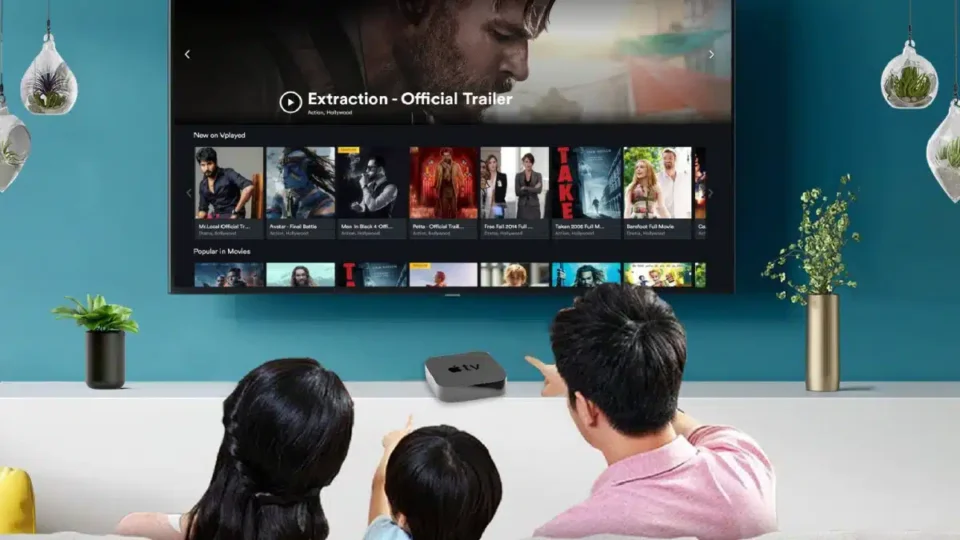IPTV uses the internet to deliver television content rather than traditional broadcast signals or satellite feeds. This fundamental difference creates several advantages for users. The technology supports on-demand viewing, allowing subscribers to watch programs whenever convenient rather than adhering to preset broadcasting schedules. Live channels remain available, maintaining access to sports events, news broadcasts, and other time-sensitive programming that viewers still value.
The service also typically includes extensive content libraries containing movies, series, and special programming that are accessible anytime. This combination of live and on-demand options allows users to structure their viewing habits according to personal preferences.
Device freedom
One significant advantage of this technology comes from its compatibility with multiple devices. Viewers access content on:
- Smart televisions
- Computers and laptops
- Tablets
- Mobile phones
This multi-device approach eliminates the need for dedicated television sets in fixed locations. People enjoy their favourite programs while travelling, commuting, or simply moving between rooms in their homes. Many services maintain viewing progress across devices, allowing seamless transitions between watching on television and continuing on mobile.
The Spanish market offers particularly robust IPTV Espana services that cater to local preferences while maintaining this technological flexibility. These services combine international content with programming created explicitly for Spanish audiences.
Quality options
The streaming quality adjusts based on available bandwidth and user preferences. Most services automatically detect connection speeds and optimize accordingly, but manual adjustments remain available. This adaptability ensures smooth playback experiences regardless of internet conditions. High-definition and 4K options satisfy viewers seeking premium visual experiences, while standard definition saves data for those with limited bandwidth or watching on smaller screens.
User interfaces
Navigation systems typically feature intuitive designs that simplify finding content. Search functions allow direct access to specific programs, while recommendation algorithms suggest new content based on viewing history. These interfaces continue evolving, becoming increasingly personalized and responsive to individual usage patterns.
- Customizable watchlists
- Personalized recommendations
- Easy navigation between categories
- Search functionality across all content
Cost structure
Financial model differs significantly from traditional television services. Subscription-based approaches replace channel packages, often providing better value for viewers. Monthly fees typically cost less than comparable cable services, delivering more relevant content without unwanted channels. Many providers offer tiered subscriptions, allowing users to select appropriate price points based on desired features and content access.
Some services include advertising-supported tiers that further reduce costs. Eliminating equipment rentals and installation fees represents additional savings compared to conventional television services. Contract flexibility improves the experience, with many providers offering month-to-month options without long-term commitments.
Evolution in television delivery represents genuine advancement for consumers seeking greater control over their entertainment experiences. Combining flexible viewing options, device compatibility, adjustable quality settings, intuitive interfaces, and reasonable pricing structures creates compelling alternatives to traditional systems.
As internet infrastructure continues improving globally, these services become increasingly viable options for primary television consumption. The technology continues evolving, with new features regularly enhancing the viewing experience. The competitive landscape drives ongoing innovation as services compete for subscriber loyalty through improved offerings.
Spanish market demonstrates extreme adoption rates for these technologies. IPTV Espana offerings include specialized content catering to local interests while maintaining access to international programming. This combination creates compelling options for viewers seeking global and regional content within unified platforms.
Television viewing continues transforming steadily from rigid broadcasting models toward flexible, personalized experiences that adapt to individual lifestyles. This transition represents genuine progress for consumers who benefit from increased options, improved convenience, and better value from their entertainment services.

